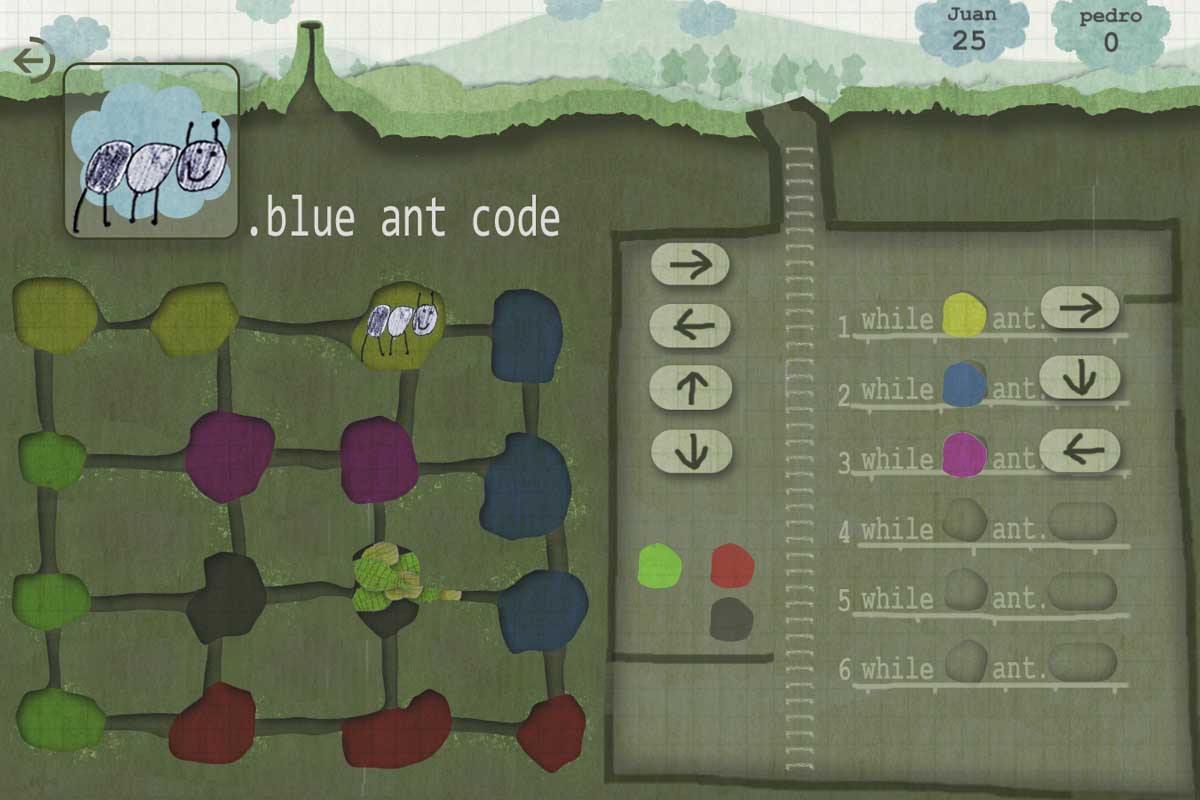Raúl García Hémonnet/Editor
According to María Zapata and Estefanía Martín Barroso, "the 'Blue Ant Code' tool enables a very significant improvement in problem solving in primary school students" who previously took a computational thinking test and played for 5 weeks with said tool, that poses different problems and can be used individually or collaboratively.
The experience was developed with several groups from all the primary cycles of the CEIP León Felipe, Los Escolapios and Carlos Ruiz Public Schools, all of them from the Community of Madrid.
The teachers defend that the tool that, with the analysis of the data obtained after each game session, "it is observed that the resolution of the problem by the student is carried out in less time and, in the collaborative mode, the student who proposes the challenge, each time he is able to pose a more difficult problem to his partner. A greater improvement is also observed in the first years of the educational stage, which reveals a greater predisposition for learning in younger students compared to older students.
In addition, they point out that “those who obtained the worst result in the previous test, obtain a greater improvement after playing with the tool. A very significant progression is also observed in the learning of the most advanced concepts in all the cycles and a great motivation in the students, especially in the collaborative game mode, in which, in addition, the best results have been obtained in terms of to the retention of what has been learned.
In the video game, a nice ant accompanies Primary school boys and girls through the different mathematical problems that are presented to them.

The ETSII researchers have concluded that the tool “turns out to be satisfactory, both in its capacity as a learning tool, and in the motivational satisfaction of the students when using it. It has also been suitable as a measurement tool, obtaining data that can yield interesting conclusions in a later analysis to determine the capacities in terms of computational thinking in early stages”.
"Computational thinking is a higher-order cognitive ability that involves solving problems through abstraction, analysis and logical decomposition of them, so that a solution can be automated algorithmically through ordered steps", according to the reference researcher of computational thinking , Jeannette Wing, Professor of Computer Science at Columbia University.



